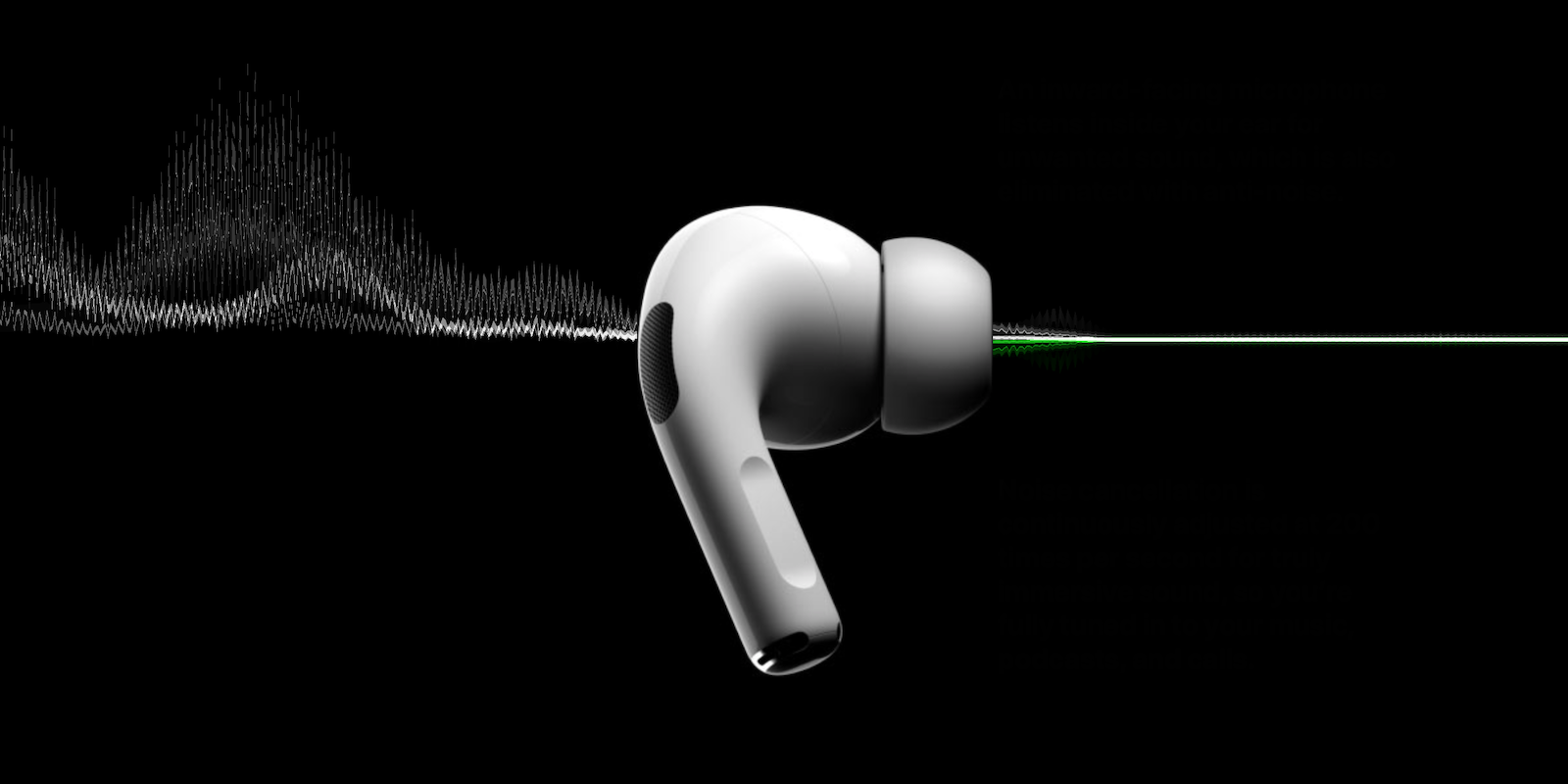“Energy vampires” (a.k.a. phantom loads or standby power) are the devices that sip electricity 24/7—think TVs in standby, always‑plugged chargers, Wi‑Fi gear, coffee makers with glowing clocks. The U.S. Department of Energy (DOE) estimates standby power accounts for 5%–10% of home electricity use. DOE’s consumer guide has long pegged the waste at up to about $100/year, but with today’s higher electricity prices, updated calculations put the hit closer to $92–$184/year, and some consumer guides round it to $183. EnergySage
What Are “Energy Vampires,” Exactly?
Energy vampires are the watts your gadgets draw when they’re switched off or not actively in use—power used to keep clocks lit, listen for remotes, poll a network, or trickle‑charge batteries. Scientists at Lawrence Berkeley National Laboratory (LBNL) use “standby power” as an umbrella term for these low‑power modes and note that nearly all modern electronics have them. standby.lbl.gov
Bottom line: even tiny, constant draws add up because you have dozens of always‑on products. LBNL estimates these collectively account for 5%–10% of a typical home’s electricity use. standby.lbl.gov
How Much Do Energy Vampires Cost in 2025?
- DOE’s benchmark: Standby power = 5%–10% of residential energy use; historical consumer guidance: “as much as $100 per year” for the average U.S. household. The Department of Energy’s Energy.gov
- Today’s prices: The average U.S. residential electricity price reached 17.62¢/kWh in August 2025. Using that current price and EIA’s typical household consumption (≈10,500 kWh/year), 5%–10% of usage translates to about $92–$184/year in standby costs. U.S. Energy Information Administration
- Consumer shorthand: Some up‑to‑date consumer guides cite “up to $183/year.” That figure aligns with the calculation above at today’s rates. (The number is not DOE’s; it’s a 2025 update based on current prices.) EnergySage
Context: “Always‑on” electricity can be larger than strict standby. NRDC’s widely cited field work found ~23% of electricity in Northern California homes was consumed by devices left on, in sleep, or in standby—a broader category than standby alone. NRDC
The Usual Culprits (and Why They Sip Power)
- Entertainment gear: TVs, set‑top/streaming boxes, soundbars, game consoles—listening for remotes or updates. standby.lbl.gov
- Connectivity: Modems, routers, smart speakers, hubs—networked standby keeps them “instant‑on.” standby.lbl.gov
- Kitchen & laundry: Coffee makers and microwaves with clocks; smart appliances with Wi‑Fi. standby.lbl.gov
- Office extras: Printers, scanners, external drives that rarely sleep fully. standby.lbl.gov
- Chargers & bricks: Even idle wall warts can draw a trickle; modern ones are small, but quantity matters. standby.lbl.gov
Why this matters: Individual draws may be <0.5 W on newer products, but multiplied across dozens of devices, the total is significant. standby.lbl.gov
5‑Minute Math: What a Single Cluster Costs
If an entertainment cluster idles at 15 watts, that’s 131 kWh/year (0.015 kW × 8,760 hours). At 17.62¢/kWh, you’re paying ≈$23/year for nothing you use. Repeat that across a few clusters and the dollars stack up. U.S. Energy Information Administration
21 Practical Ways to Slay Standby Power
Quick wins (do these today)
- Use a switchable or advanced power strip for TV, streaming boxes, and gaming. Flip one switch to cut power to the whole cluster. (Advanced power strips can auto‑cut power using timers, motion sensors, or “master‑controlled” outlets.) The Department of Energy’s Energy.gov
- Unplug rarely used devices—guest‑room TVs, old DVD players, seasonal gadgets, idle audio gear. standby.lbl.gov
- Unplug empty chargers and power supplies when not in use. standby.lbl.gov
- Audit your Wi‑Fi stack. Retire unused extenders/hubs. standby.lbl.gov
- Disable “instant‑on” or “quick start” modes on TVs/consoles if you don’t need them. (These features keep parts of the device awake.) standby.lbl.gov
Smart settings
- Enable sleep on computers/monitors and use automatic display shutoff. standby.lbl.gov
- Schedule smart plugs to cut power to décor lighting and small appliances overnight. Product Evaluation Hub
- Tame hot‑water recirculation pumps with timers so they don’t run 24/7. standby.lbl.gov
- Turn off optional “always‑hot” features (e.g., bottle dispenser heaters) when not needed. standby.lbl.gov
- Seasonal reset: Unplug window A/Cs, humidifiers/dehumidifiers, heated pet beds, and yard‑tool chargers off‑season. standby.lbl.gov
Buy better next time
- Look for ENERGY STAR® models; many have lower standby. The Department of Energy’s Energy.gov
- Prioritize low‑standby designs. The federal acquisition standard requires ≤1 watt standby when available—use that as your personal shopping goal. The Department of Energy’s Energy.gov
- Check product lists: ENERGY STAR Product Finder and federal low‑standby catalogs can guide choices. ENERGY STAR
Measure to manage
- Borrow or buy a plug‑in power meter (often < $50; many libraries even loan them). Test before you target. standby.lbl.gov
- Log a weekend. Note which devices never hit zero. Tackle those first. standby.lbl.gov
Tackle the heaviest “always‑on”
- Entertainment centers (multiple boxes + soundbars).
- Office corners (printers, docks, external drives).
- Smart home gear (hubs, smart speakers).
- Network gear (modem + router + extenders).
- Appliances with clocks/displays (microwaves, coffee makers).
- Legacy electronics (VCRs, old stereos, aging chargers).
These groups are frequently flagged by LBNL’s unplug checklist and NRDC’s “always‑on” research. standby.lbl.gov
How to Spot (and Measure) a Vampire Load
- Telltale signs: External power supplies, remote controls, glowing LEDs/displays, or constant network links almost always mean continuous draw. standby.lbl.gov
- DIY test: Plug the device into a watt meter. Anything that reads above zero when “off” is costing you money. Many basic meters are accurate enough for home audits. standby.lbl.gov
Shopping Standard: Aim for ≤1 Watt Standby
Federal buyers must choose products that use 1 watt or less in standby when compliant models exist. While you’re not required to follow federal procurement rules, using the 1‑watt bar as your personal standard is a simple way to buy better. ENERGY STAR and EPEAT listings often satisfy this low‑standby requirement for many categories. The Department of Energy’s Energy.gov
FAQs
Do modern phone chargers waste much if they’re empty?
Less than they used to. Many modern chargers draw well under a watt when idle, but homes now have more chargers and electronics than ever, so the totals still add up. standby.lbl.gov
Isn’t some standby necessary?
Yes. Remotes, clocks, sensors, and network links need a little power. The trick is to minimize it through product choice and settings—and to cut power entirely when features aren’t needed. standby.lbl.gov
Why do I see higher numbers like 20%+?
Studies of “always‑on” loads include devices left fully on or in sleep—not just strict standby—so the share can look larger. That broader category hit ~23% in an NRDC Northern California field study, underscoring the value of auditing all idle loads. NRDC
The Bottom Line
- DOE: Standby power = 5%–10% of home use; older guidance: up to ~$100/year. The Department of Energy’s Energy.gov
- 2025 reality: With today’s 17.62¢/kWh average price, that same 5%–10% likely costs ~$92–$184/year for a typical home—right in line with the often‑cited $183 figure. U.S. Energy Information Administration
- Action beats anxiety: A one‑hour audit plus a few power strips and smarter settings can reclaim a surprising amount of money—month after month. standby.lbl.gov
Sources & Further Reading
- U.S. DOE Energy Saver—“3 Easy Tips to Reduce Your Standby Power Loads.” (Defines standby; 5%–10%; ~$100/year.) The Department of Energy
- LBNL Standby Power site & FAQ. (Scope, 5%–10% share; practical unplug list; meters < $50.) standby.lbl.gov
- EIA Electric Power Monthly, Table 5.3—Average residential electricity price (Aug 2025 17.62¢/kWh). U.S. Energy Information Administration
- EIA “Electricity use in homes”—Typical household consumption (~10,500 kWh/year). U.S. Energy Information Administration
- DOE FEMP—Low Standby Power Product Purchasing Requirements (≤1 watt standard). The Department of Energy’s Energy.gov
- EnergySage (2025)—Consumer guide citing up to $183/year. EnergySage
- NRDC—Home Idle Load research (context for broader “always‑on” use). NRDC
Editor’s note for clarity: The 5%–10% share is DOE’s estimate. The $183/year figure reflects 2025 electricity prices applied to that share (as shown with EIA data) and is frequently cited in consumer guides; DOE’s own consumer page still references “up to $100/year.” The Department of Energy’s Energy.gov

 1 miesiąc temu
1 miesiąc temu







![MK2500 - Grundig z radiem [TOWARY MODNE 297]](https://i1.ytimg.com/vi/-0w18WdAUcY/maxresdefault.jpg)
